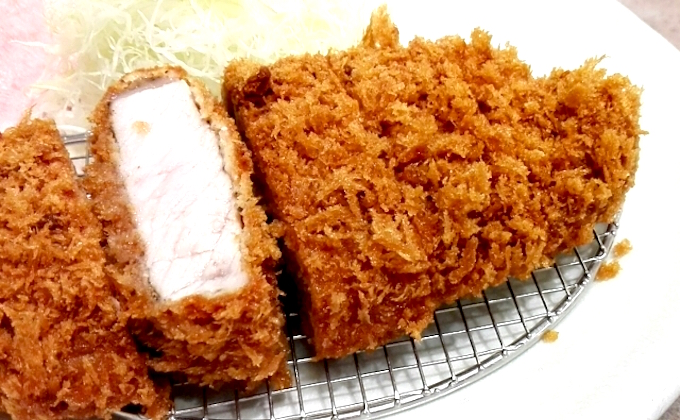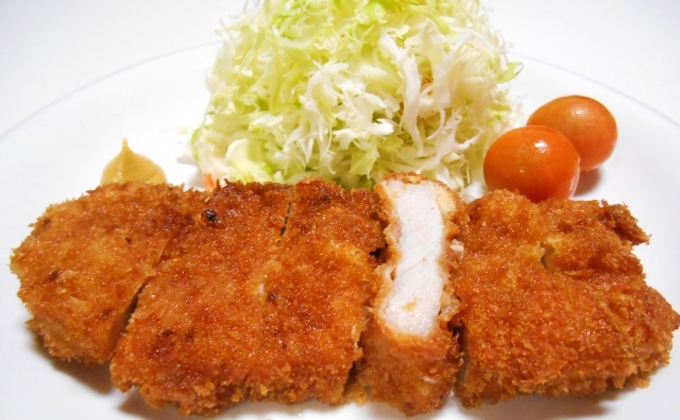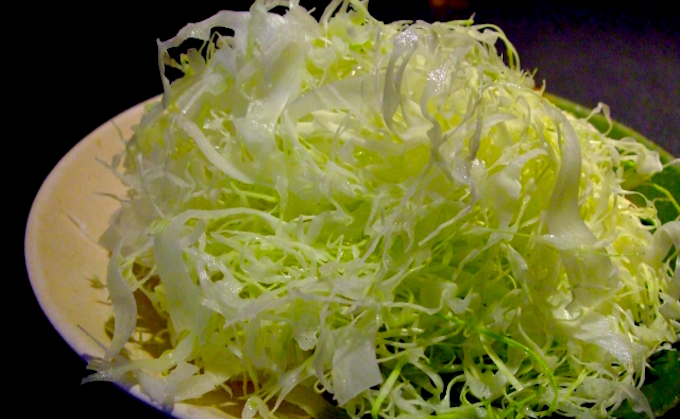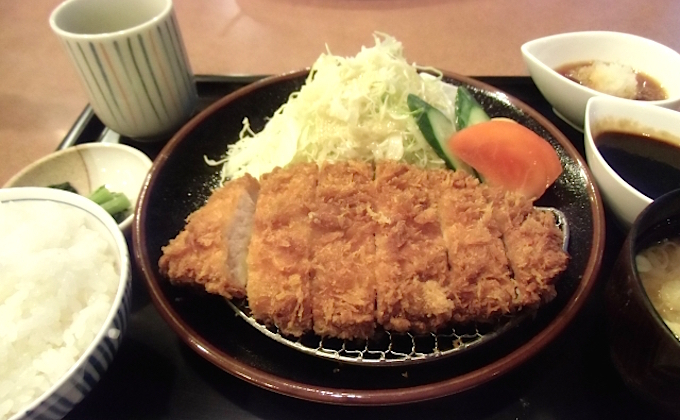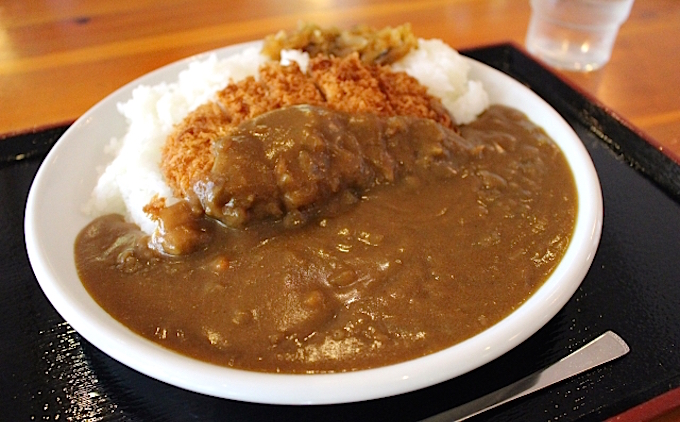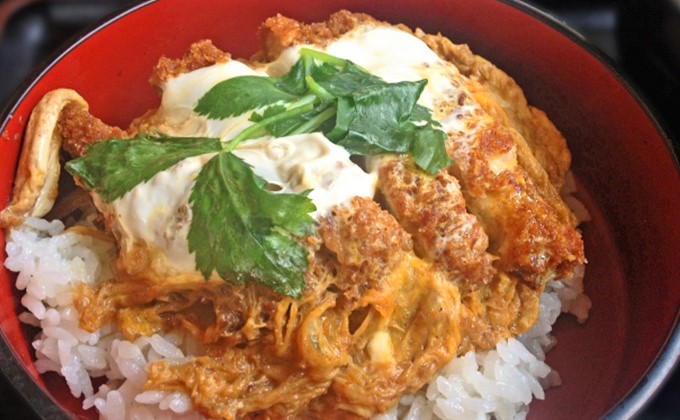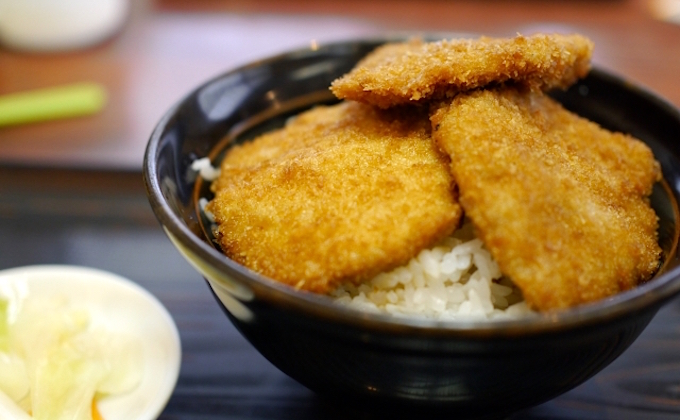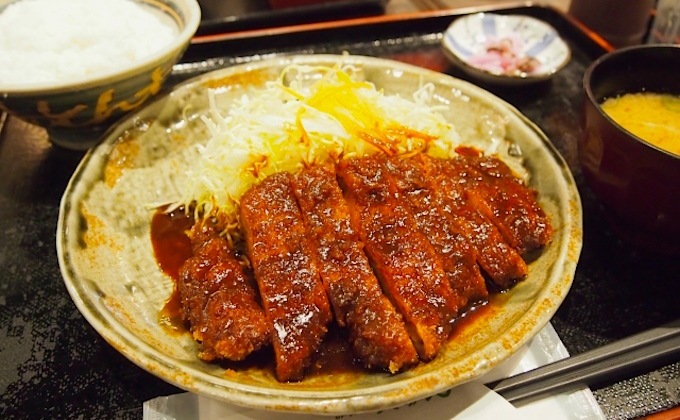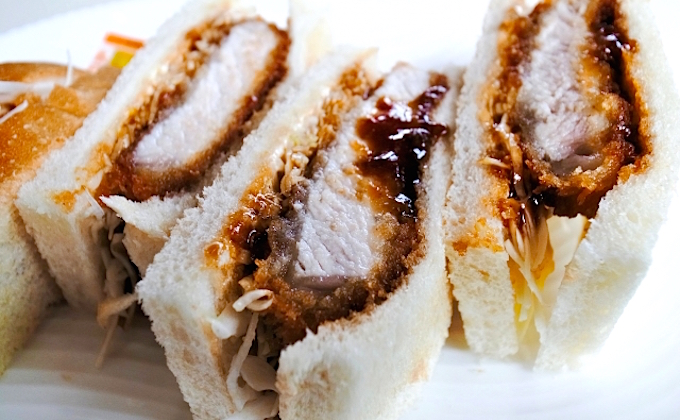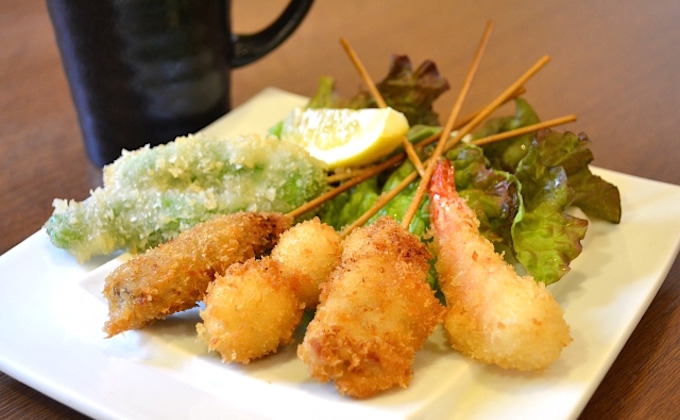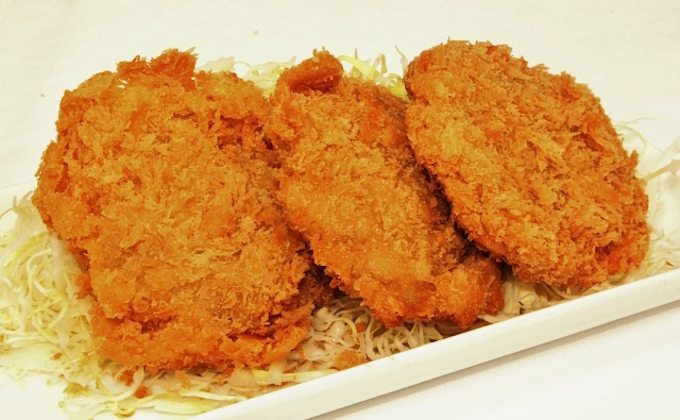TRG Info and Advice
Tonkatsu (breaded and deep-fried pork cutlet)
What is tonkatsu?
Tonkatsu is a thick slice of pork (fillet or loin) that is coated with flour, beaten eggs and breadcrumbs, then deep-fried.
After some trial and error, fresh julienned cabbage came to be the standard garnish for tonkatsu. In terms of nutrition, the vitamin U contained in cabbage helps gastrointestinal activities, and prevents heartburn and indigestion after eating fried things. In addition, the vitamin C present in cabbage maintains the health of the mucous membranes in the stomach, and the dietary fiber interferes with the absorption of fats. Fresh cabbage, therefore, is the best possible garnish for deep-fried dishes.
Tonkatsu is often eaten before competitions in order to have good luck, because “katsu” also means “to win” in Japanese.
October first was designated as Tonkatsu Day by the Japan Anniversary Association after Ajinochinuya Co., Ltd., a food company, first advocated it. With a play on words linking ton and 10, and katsu and win, the Day of Tonkatsu is dedicated to wishing good luck with competitions in the autumn, the season for sporting events in Japan, while also promoting the consumption of tonkatsu.
The Difference between Katsuretsu and Tonkatsu in Japan
Katsuretsu: Katsuretsu is thin slices of meat (beef, pork, chicken, etc.) that are coated with flour, beaten eggs and fine breadcrumbs, and then deep-fried. The cutlets are served whole, on a plate.
Tonkatsu: Tonkatsu is about a 3 cm thick slice of pork that is coated with flour, beaten eggs and coarse breadcrumbs, and then deep-fried. It is pre-sliced before serving.
The History of Tonkatsu
Tonkatsu’s roots are in a recipe from a book entitled Seiyo Ryoritsu (The Expert on Western Cookery), written in 1872, by Robun Kanagaki, a writer and journalist. The recipe was for a French dish called “porc côtelette.” (Côtelette de porc: porc means pork and côtelette means loin with bone of veal, lamb and pork.) Although the dish was prepared by grilling the meat in butter without batter, much like today’s sautéed pork, it is considered to be the original recipe of the Japanese katsuretsu (cutlet).
In 1899, Motojiro Kida, who is the founder of Renga-tei, a Western cuisine restaurant in Ginza, added pork cutlets to the menu. At that time, the preparation of cutlets was time-consuming: each slice of meat was first sautéed, and then grilled in the oven. Moreover, the dish was greasy and not very popular among Japanese people. A new method, therefore, was produced. Taking its cue from tempura, meat was successively dredged in flour, eggs and breadcrumbs, then deep-fried in plenty of oil. The garnish was initially cooked vegetables, but later on, cabbages were chosen because they were available throughout the year. Julienned cabbage was easier to prepare than cooked vegetables, and the refreshing taste of the cabbage went better with the cutlet. Thus, the combination of cutlet and julienned cabbage became a signature menu at Renga-tei and spread all around Japan.
In 1918, a Western cuisine stall, “Kawakin,” started serving katsukare, which is a bowl of rice topped with a cutlet and covered with curry. In 1921, katsudon, a bowl of rice topped with a pork cutlet, first appeared. There are a couple of theories as to who invented this dish. One claims that a student at Waseda University, Keijiro Nakanishi, came up with the dish, and another claims that a soba noodle restaurant, “Sancho-an,” in Babashitacho, Shinjuku, first provided the dish.
In 1929, tonkatsu came into existence at a Western cuisine restaurant in Okachimachi called “Ponchi-ken.” Shinjiro Shimada, who used to be a chef at the Imperial Kitchens, came up with the cooking method of heating a 3-cm thick slice of meat thoroughly. He applied the culinary technique for tempura to pork cutlets, which is heating the core of the meat by adjusting the temperature of the cooking oil. Thus, tonkatsu was produced. The thick cutlet was pre-sliced with a knife, so that it could easily be eaten with chopsticks, and was served with a bowl of rice, Japanese style pickles and miso soup, in the style of a Japanese set meal. This presentation earned a high reputation and the name “tonkatsu” became widespread.
Tonkatsu Dishes
Tonkatsu Teishoku (set meal)
Tonkatsu teishoku is tonkatsu served as a set meal with a bowl of rice, Japanese style pickles, miso soup, etc. Tonkatsu is usually eaten with a thickened Worcester sauce.
Katsu Kare (katsu curry)
Katsu kare is Japanese curry and rice topped with tonkatsu. It is high in calories, but you can taste both the curry and tonkatsu at the same time, two dishes loved by many people.
Tare Katsudon
Unlike normal katsudon, the katsu is not cooked with eggs, and the rice is not covered with shredded cabbage. Tare katsudon is a bowl of rice with slices of tonkatsu, dipped in a salty-sweet sauce, on top. Katsudon in Niigata Prefecture is this type.
Miso Katsu
Miso katsu is tonkatsu with a dollop of miso-based sauce, which is made from miso bean paste, dashi broth and other seasonings. Miso katsu is a local specialty dish in Nagoya City, Aichi Prefecture. It goes well with rice.
Kushikatsu
Kushikatsu is skewered pieces of bite-sized pork and vegetables that are battered and deep-fried. It is also called “kushiage.” Depending on the area, kushikatsu is prepared with different methods and eaten in different forms.






